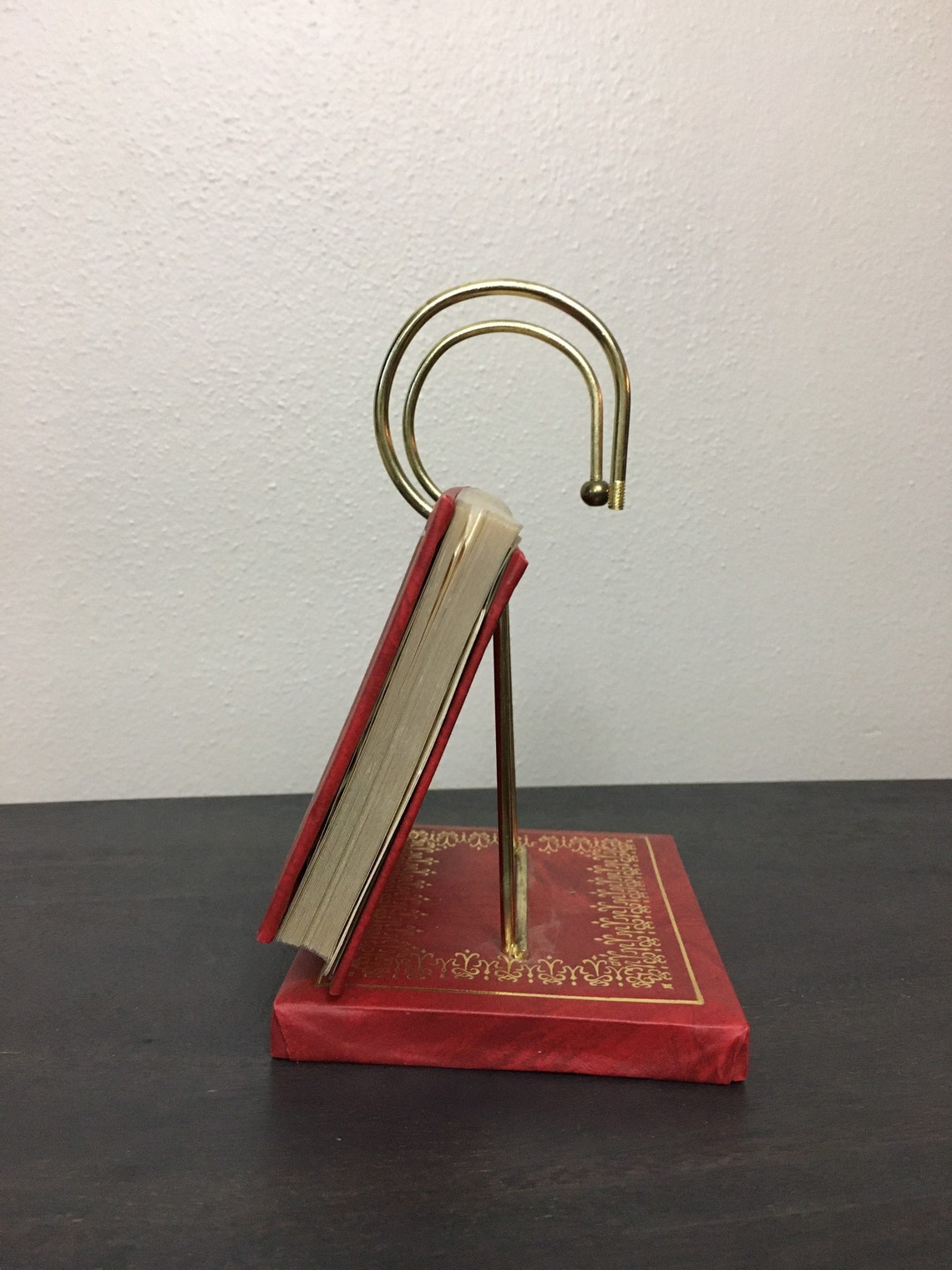

What if you’ve been writing a Markdown file and want to insert a table without typing any of those nasty pipe characters? Can TableFlip help you do that? Yes. Changes made to the source document in a text editor are reflected in TableFlip changes made to the tables in TableFlip are reflected in the text editor. Any Markdown file can be opened in TableFlip, and it will find and display for editing the tables within that file. What’s even better, though, is that TableFlip isn’t limited to files that contain only Markdown tables. The table shown in the screenshot above is saved in this format: | Element | Grade B | Grade C |Īs you can see, TableFlip adds spaces to the columns to get the pipe characters to line up and make the text form of the table easy to read.

Documents created in TableFlip are plain text files with the tables in nicely formatted Markdown. Other buttons let you insert and delete rows and columns, just like a regular spreadsheet application. You can set the column alignment by clicking one of the buttons on the right side of the toolbar. What TableFlip does is turn that two- to three-step process into a single step without any need to invoke a script.Īs you can see, it looks just like a spreadsheet. Veteran Markdown table users like me have written scripts that allow us to create our tables in a spreadsheet, where the columns line up automatically, copy them them into a text editor, and convert the tab-separated text that comes from the spreadsheet into Markdown format. It’s easy to lose track of which column you’re working on because the contents of the table cells have different lengths and the pipe characters don’t line up with each other.
#Tableflip on etsy code
When processed, the code above turns into a nice HTML table, like this: Column 1Īs you can see, the Markdown code for a table can be messy.

The leading and trailing pipe characters are optional, but I prefer to include them. Here’s an example: | Column 1 | Column 2 | Column 3 | The syntax uses a set of pipe (|) characters to separate the columns and a row of dashes with optional colons to separate the header from body of the table and to set the alignment of the columns. It was popularized by Fletcher Penney in his MultiMarkdown processor, although I believe it was Michel Fortin’s PHP Markdown Extra that was the first to include it. What I, and most people, call the “Markdown table” syntax is a common extension to the basic Gruber syntax.

Strictly speaking, there is no such thing as a “Markdown table,” because John Gruber never implemented a table syntax. Bottom line: in its present state, it’s not ready for me, but I can see where other people would find it quite useful. I was a little busy earlier in the month, but I’ve had a chance to give TableFlip a workout over the past week. Longtime readers of this blog will know that my interest in making it easy to edit and cleanly display Markdown tables goes way back, so I was eager to give TableFlip a try. It’s a spreadsheet-like editor that works with Markdown tables, and it got favorable reviews from folks like Brett Terpstra, Katie Floyd, Eddie Smith, and John Voorhees.
#Tableflip on etsy mac
A few weeks ago, a new Mac app called TableFlip was released.


 0 kommentar(er)
0 kommentar(er)
